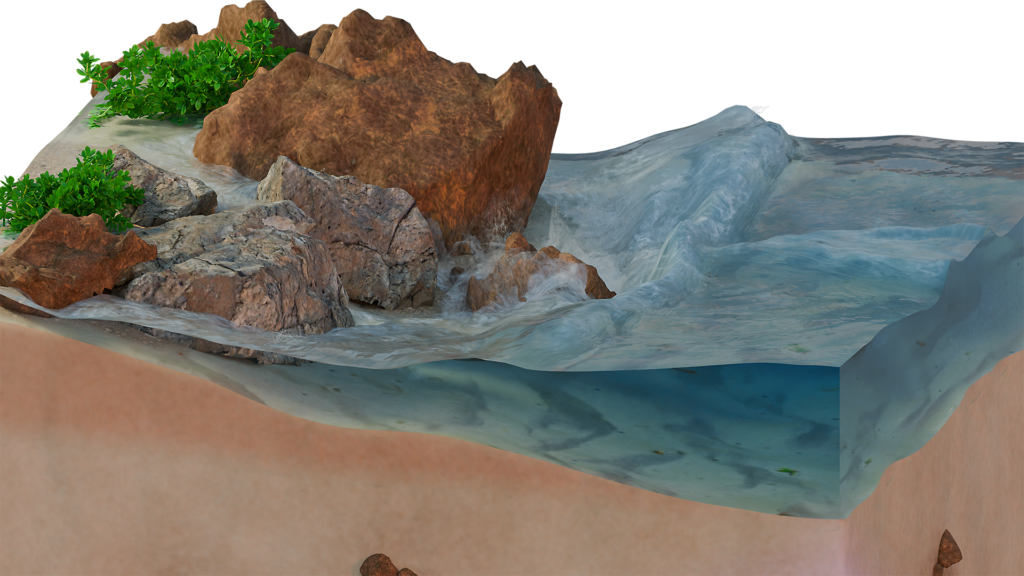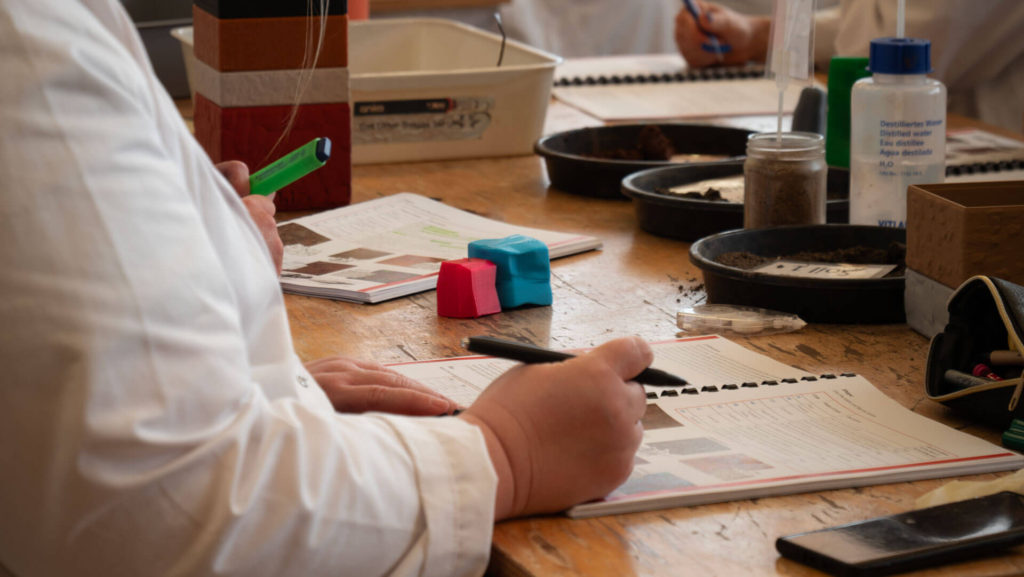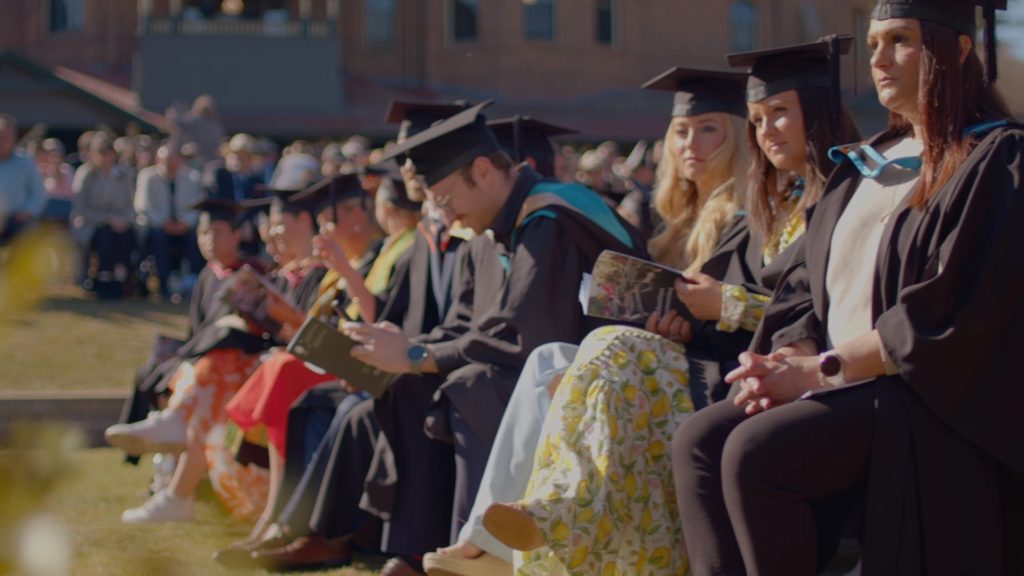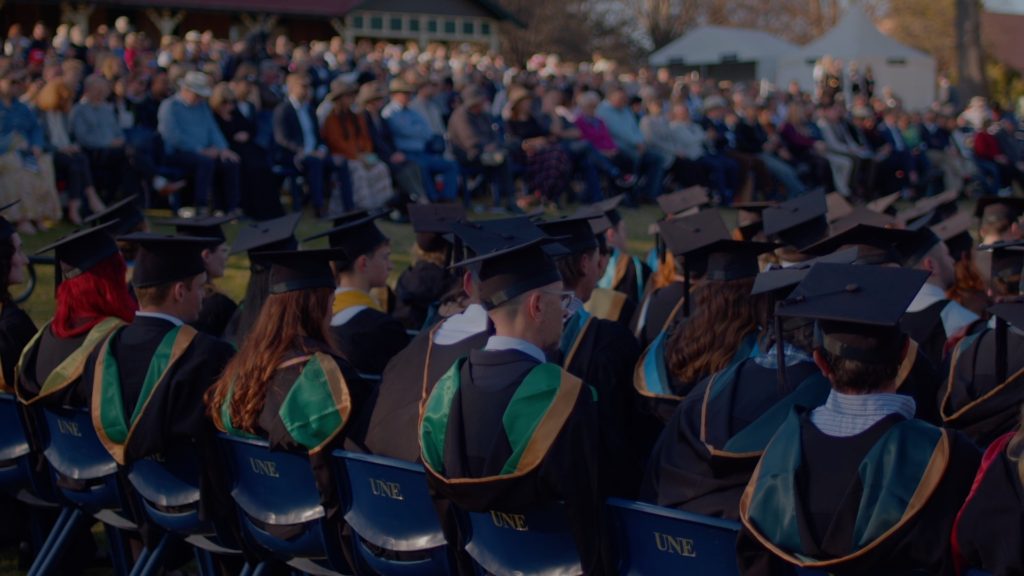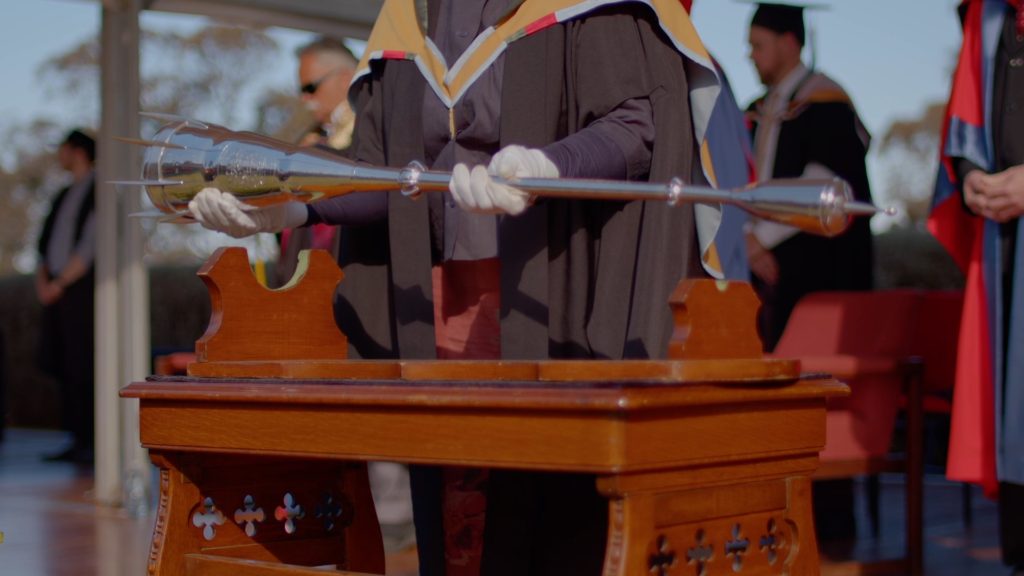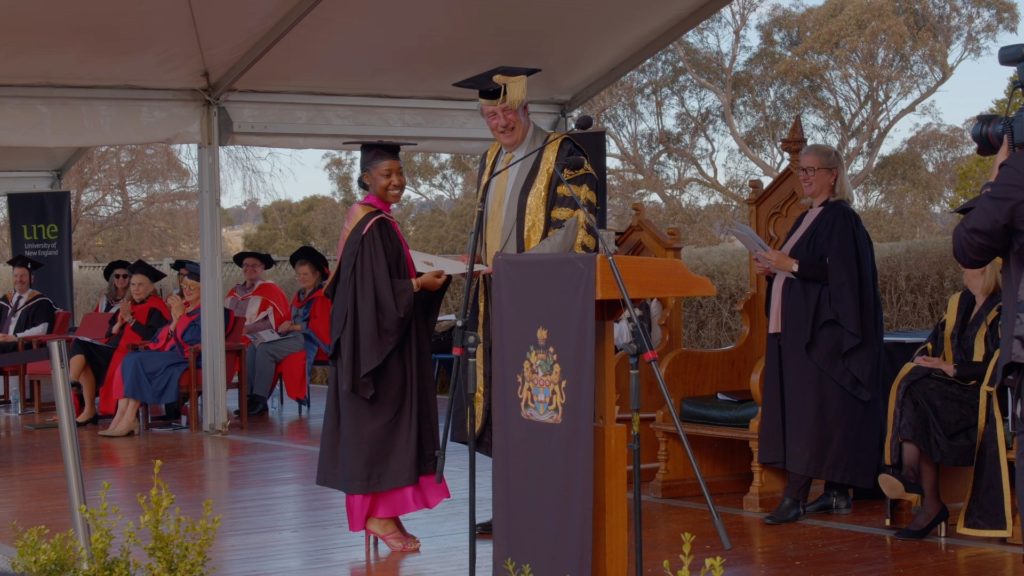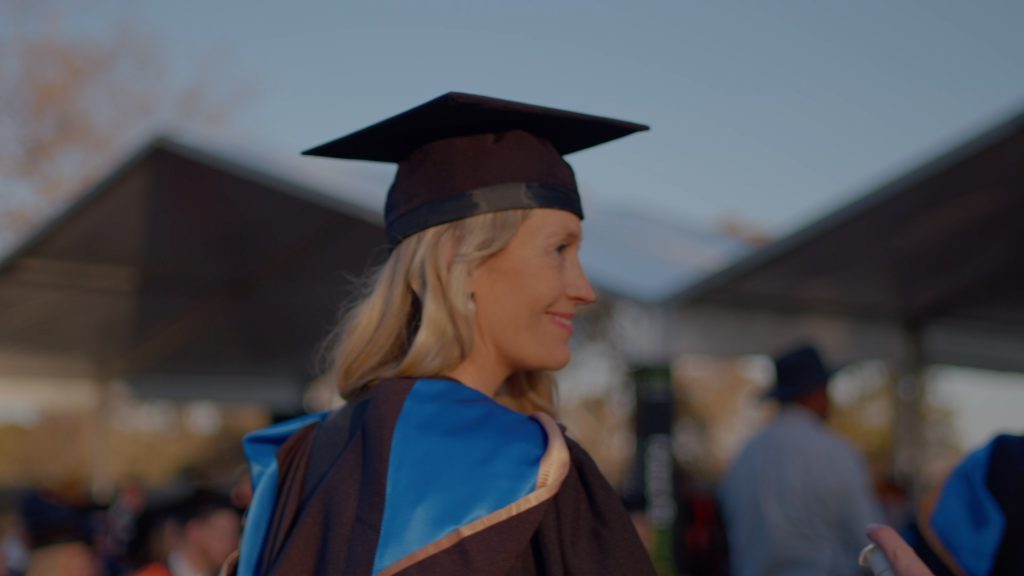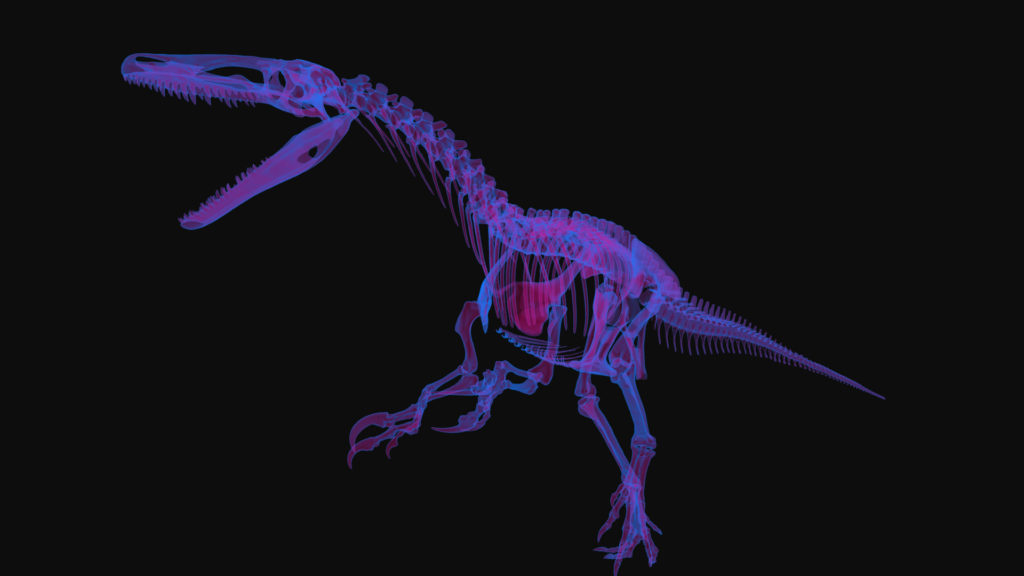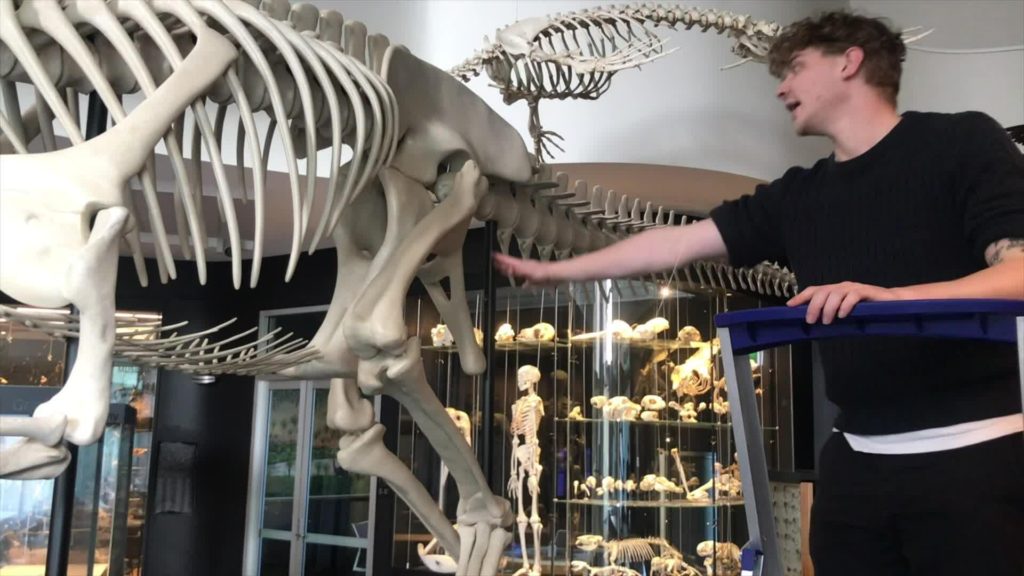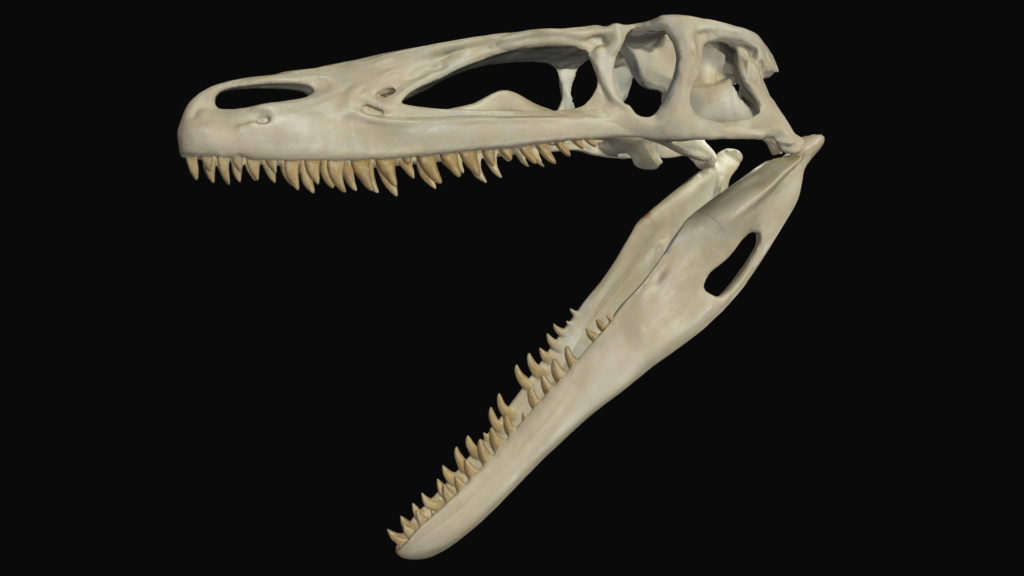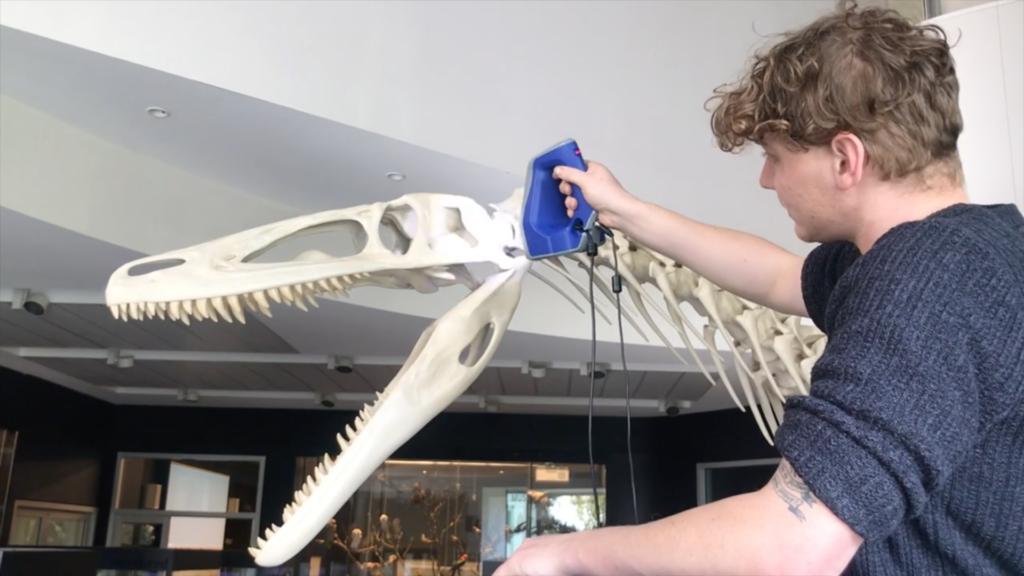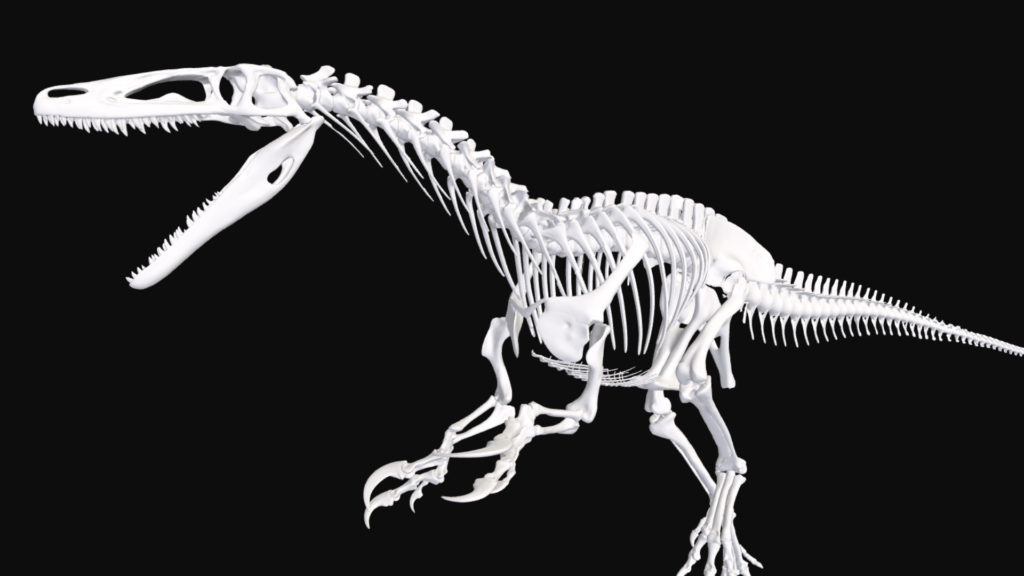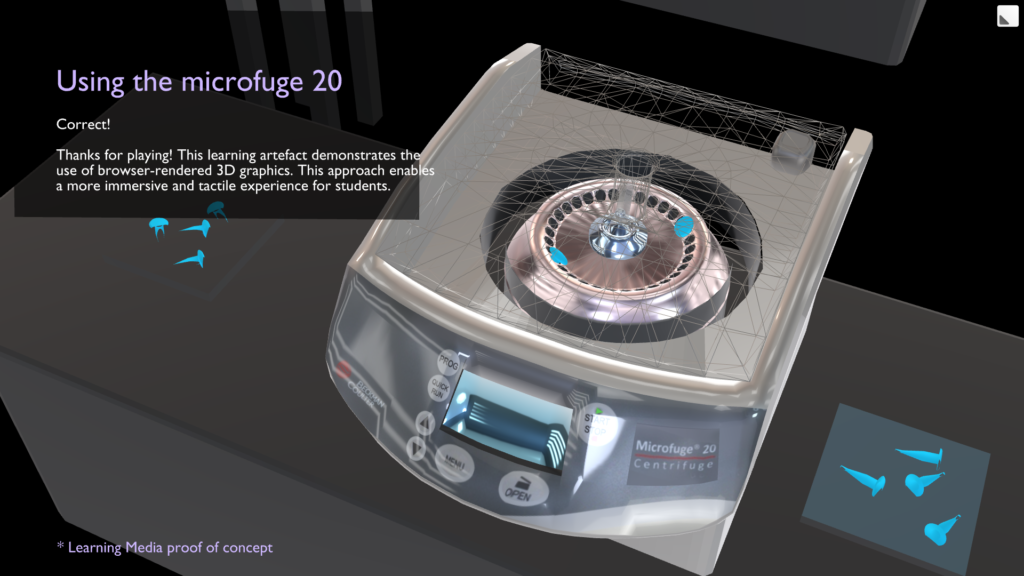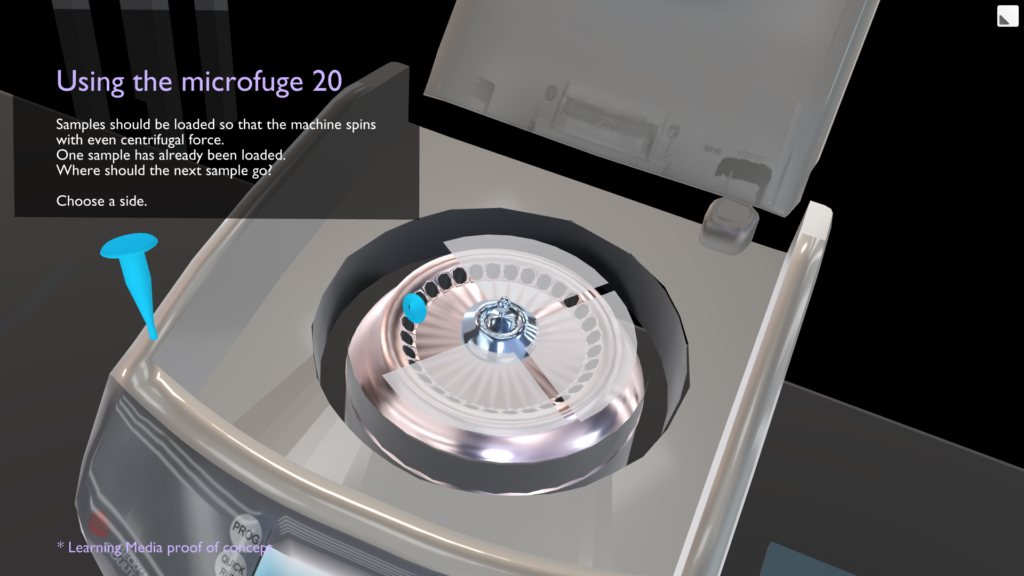Oz Soils - An introduction to Soil Science
About
the project
This project was an exciting opportunity to transform valuable content that, while still in use, needed a modern update. By reimagining the outdated elements, we were able to reverse-engineer key components and breathe new life into the material, making it more accessible and engaging for today’s web-based delivery. An added bonus was the integration of 3D printing, which enhanced the learning experience for both face-to-face and online students. Here’s what was involved:
- 3D animation, simulation, modelling & printing.
- Graphic design
- Web development
- 2D animation
- Videography
- AI image up-res-ing
Below we’ll show a few examples of the animations created. The website can be viewed here.
Structural changes observed in wet soil.
Influencing factors in soil formation (pedogenesis)
How has rich media
enhanced this project?
Updating the OzSoils project with modern 3D animations and interactive HTML media has significantly enhanced the learning experience for students.
The immersive visual content makes complex soil science concepts more accessible and engaging, helping students understand and retain information more effectively. Interactive elements, such as in-page non-assessed quizzes, encourage active learning by allowing students to explore topics at their own pace and safely test what they have learned. The increased accessibility ensures the resource is available across different devices and caters to various learning styles.
Presenting the content in a 3D environment also aids students’ understanding during practical lessons, offering a wider range of soil types than would be possible in a single location.



Immersive 3D Exploration of Soil Layers and Processes
Reconstructing our ‘soil cubes’ in 3D let us (and the students) really explore the layers and the effect of our environment on the soil. This immersive technique enables students to visualize soil composition and processes in a way that static images or text cannot, fostering greater engagement and making abstract concepts more tangible and easier to grasp in theoretical and practical contexts.
Soil mesofauna (springtails).
Quartz, the most common mineral in the sand and silt fractions of soil.
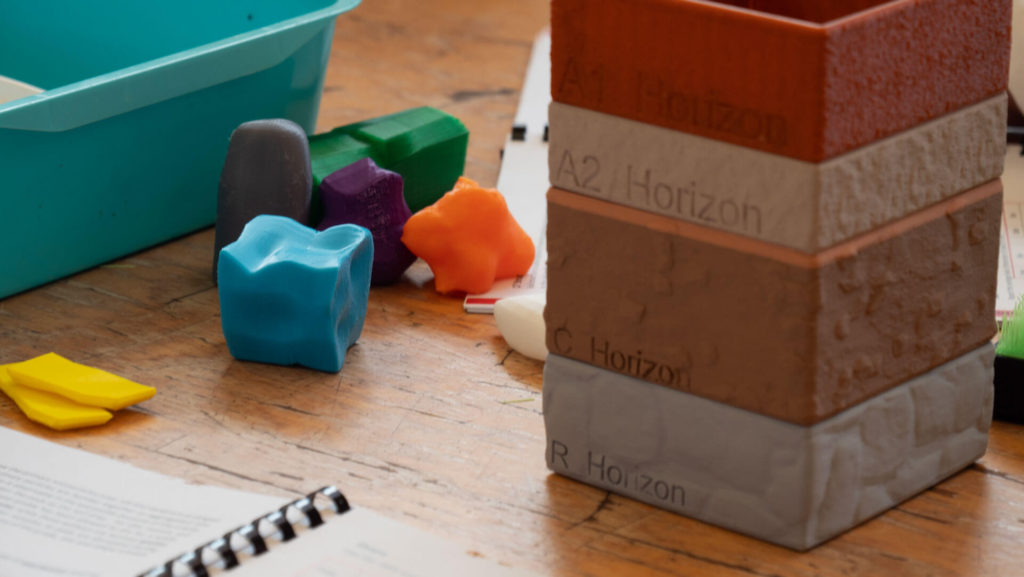
3D-Printed Peds for Hands-On Learning
As part of this project, we created 3D models of soil particles known as “peds.” These models allowed students to visually explore the structure and composition of different soil types in a digital environment.
Later, we took this a step further by 3D printing the peds for use in practical lessons. This gave students the unique opportunity to physically hold and examine the soil clumps, enhancing their ability to identify and understand the characteristics of various soil particles in a tangible, hands-on way. The combination of digital and physical models provided a deeper, more interactive learning experience.
Peds seen below
. .
Testimonial
The Learning Media Team were fantastic to work with and the OzSoils update would not have happened without them. It was their expertise, animation ideas and the tools at their disposal that enabled OzSoils to be extensively updated and completed within twelve months, down from my original timeline of a few years. The team were also able to add additional value to the in-classroom teaching with some of the online resources being turned into tactile 3D printed models which have been very popular with the students. I am looking forward to continuing to work with the Learning Media Team as we expand the OzSoils program in the future.
Ivanah Oliver
Oz Soils Videography examples
How to perform a field texture test
Soil Field pH Test
Explanatory 3D animations.
Here is an example of an animation created explaining the water holding characteristics of soil.
So many more great things to see!
I can’t fit all the great things on this page alone!
Visit the Oz Soil Science website and enjoy the experience there.
.
